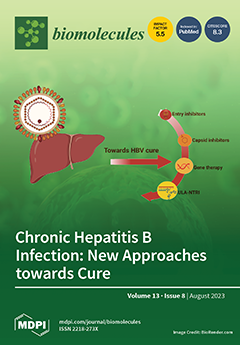Calcium (Ca
2+) sparks are the elementary events of excitation–contraction coupling, yet they are not explicitly represented in human ventricular myocyte models. A stochastic ventricular cardiomyocyte human model that adapts to intracellular Ca
2+ ([Ca
2+]
i) dynamics, spark regulation,
[...] Read more.
Calcium (Ca
2+) sparks are the elementary events of excitation–contraction coupling, yet they are not explicitly represented in human ventricular myocyte models. A stochastic ventricular cardiomyocyte human model that adapts to intracellular Ca
2+ ([Ca
2+]
i) dynamics, spark regulation, and frequency-dependent changes in the form of locally controlled Ca
2+ release was developed. The 20,000 CRUs in this model are composed of 9 individual LCCs and 49 RyRs that function as couplons. The simulated action potential duration at 1 Hz steady-state pacing is ~0.280 s similar to human ventricular cell recordings. Rate-dependence experiments reveal that APD shortening mechanisms are largely contributed by the L-type calcium channel inactivation, RyR open fraction, and [Ca
2+]
myo concentrations. The dynamic slow-rapid-slow pacing protocol shows that RyR open probability during high pacing frequency (2.5 Hz) switches to an adapted “nonconducting” form of Ca
2+-dependent transition state. The predicted force was also observed to be increased in high pacing, but the SR Ca
2+ fractional release was lower due to the smaller difference between diastolic and systolic [Ca
2+]
SR. Restitution analysis through the S1S2 protocol and increased LCC Ca
2+-dependent activation rate show that the duration of LCC opening helps modulate its effects on the APD restitution at different diastolic intervals. Ultimately, a longer duration of calcium sparks was observed in relation to the SR Ca
2+ loading at high pacing rates. Overall, this study demonstrates the spontaneous Ca
2+ release events and ion channel responses throughout various stimuli.
Full article
 to open them.
to open them.





